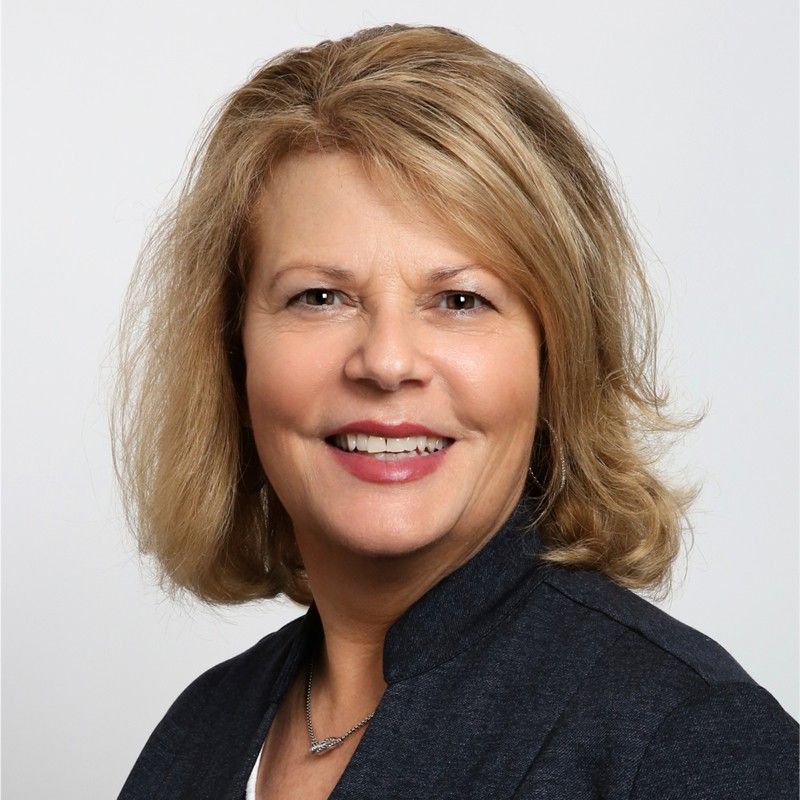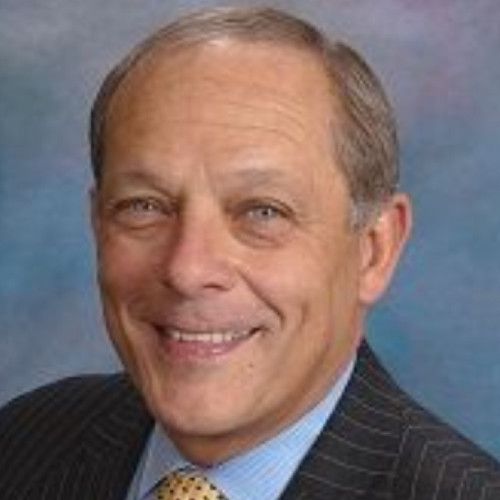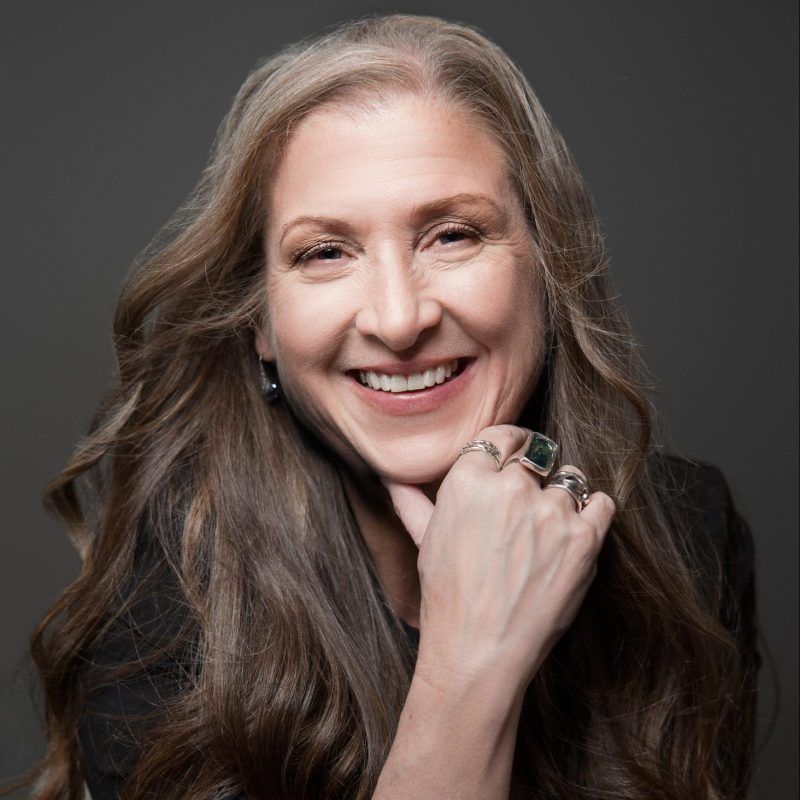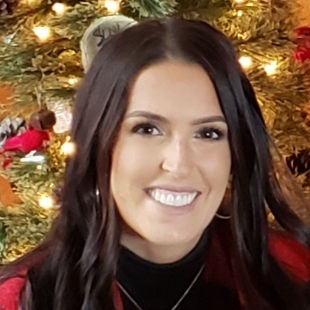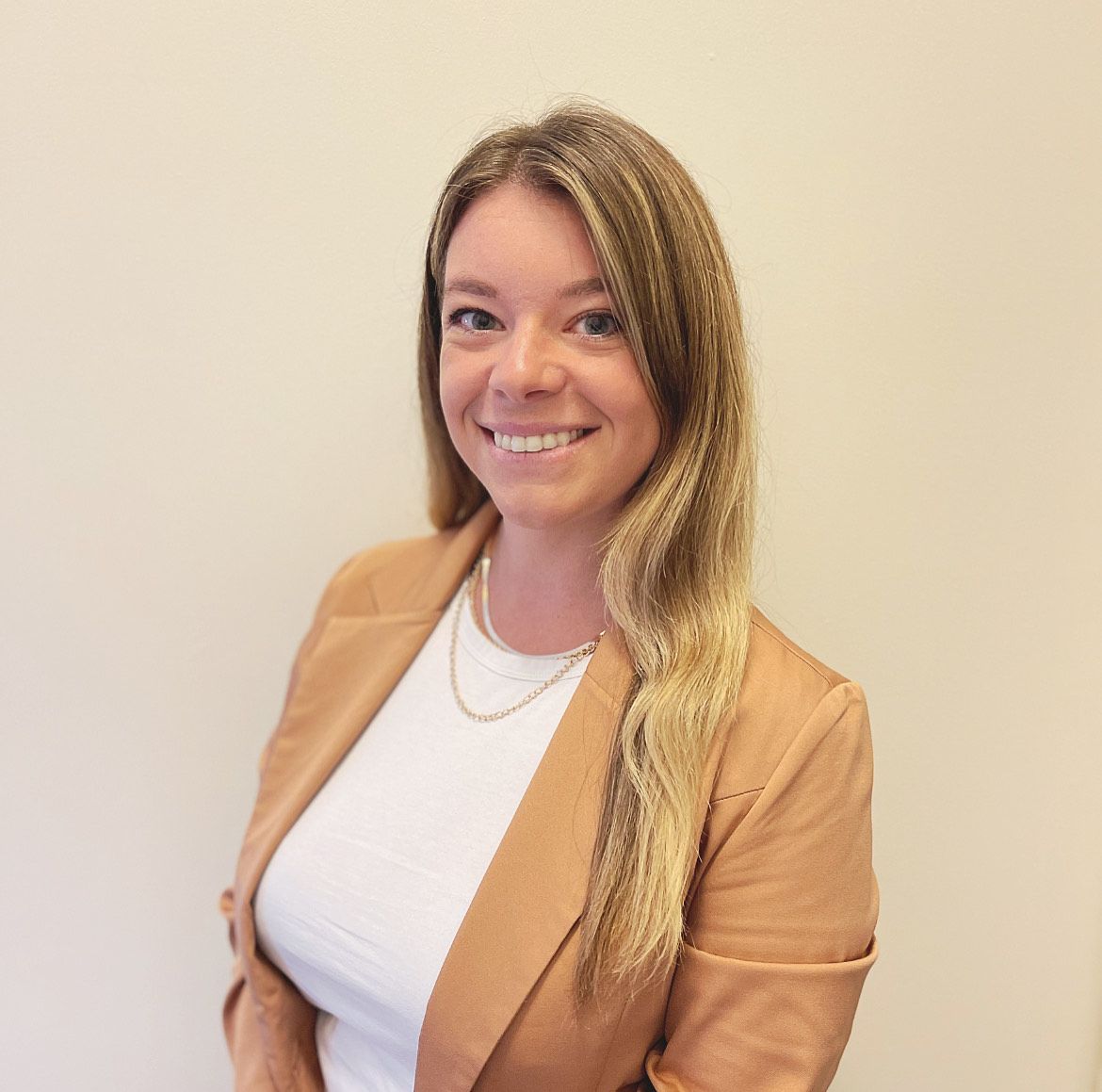We’re living in challenging times, both economically and socially. The effects of the pandemic have turned out to be more far-reaching and long-lasting than anyone anticipated. Geopolitical tensions like the war in Ukraine are having devastating repercussions. And the social unrest spurred by the overturning of Roe v Wade, widening racial inequities, and escalating political division are creating a highly volatile environment.
In a disruptive world, it’s difficult for business leaders to stay focused on their “true north,” or even to stay certain about what that true north is. Sometimes you need a beacon to help guide the way.
For me, one of the beacons that have helped me stay focused on my calling and grow as a leader, no matter how turbulent the world gets, is the concept of conscious capitalism.
I became involved in the Conscious Capitalism network several years ago before the pandemic hit. Looking back, I can see it was a serendipitous decision because the Conscious Capitalism network proved an unwavering source of strength during those difficult early days and even now in these volatile times by forming a unique association of leaders from around the world called the Senior Leadership Network SLN. Fellow members met every few weeks and challenged me to look deeper into my beliefs, gave me the energy to persevere, and re-energized me to focus my life’s work on impacting people’s lives. Those leaders who span from Brazil to Mexico and across the US have become some of my most cherished professional friendships despite never having met in person.
What Conscious Capitalism is All About
Conscious capitalism is about operating businesses in ways that elevate humanity – a much-needed concept in today’s world. That may sound like a broad and lofty goal, but it’s abundantly evident that companies can and do make a positive impact on human lives and communities while still minding the bottom line.
Companies that practice the tenets of conscious capitalism perform 10 times better than their peers. And when businesses operate profitably, the effects ripple across people’s lives in significant, meaningful, and tangible ways. As Whole Foods CEO John Mackey says in his book Conscious Capitalism (which I highly recommend!), people feel most fulfilled and happiest when their work aligns with their inner passions. Well-run, values-based businesses that allow people to achieve that alignment can create prosperity for their employees, their families, and the larger community.
Becoming involved with the Conscious Capitalism network was a natural step in a journey that started when I was a young girl, watching how my father approached business. I think of him now as an “unconscious conscious capitalist,” and the principles he instilled in me ring true even more today than they did back then.
My Journey Toward Conscious Capitalism
Long before I joined a network of like-minded, caring people devoted to encouraging conscious capitalism, I was learning those principles by observing how my father led a successful family-owned telecommunications company. He was exceptionally committed to his employees, customers, vendor partners, and the community, often putting them first in his decisions. And he took the time to understand how his team was really feeling and how their families were really doing—going beyond the surface because he truly cared.
What I learned about conscious capitalism in those early days was this: Putting people first and achieving profitability aren’t mutually exclusive. In fact, a focus on people is one of the drivers of the most successful, profitable companies. At the same time, when companies hire people who align with the organization’s higher purpose and the individual’s inner passions, they attract people who are committed to the business’s mission and more likely to stay.
When I reflect on the experience of learning about conscious capitalism, I can see that my introduction to this leadership philosophy was a case of perfect timing. I had attended a few CEO Summits hosted by the Conscious Capitalism National organization and met some remarkable business leaders who were living and breathing this idea. Their energy and passion was contagious. Then when COVID-19 hit, the group accelerated its efforts to build out the network so it could provide much-needed support for business leaders who were struggling with the new normal. Conscious Capitalism’s response was a game-changing moment for me personally and professionally.
As the world literally shut down, I drew strength, inspiration, and energy from other business leaders in the network. The Conscious Capitalism community became a virtual gathering place for like-minded leaders to support each other and a place where everyone was comfortable acknowledging that they felt vulnerable and uncertain. We leaned into each professionally and personally, even though the sudden and tragic loss of our group chairperson who inspired us from day one.
It wasn’t until things calmed down a bit and I was able to look back that I realized: that growing up with an unconscious conscious leader and being introduced to the Conscious Capitalism community combined to make a powerful impact on me as the leader of my own company and in the work that M3 Placement & Partnership does for our clients.
How Conscious Capitalism Impacts My Work
As organizations were locking down in the early pandemic days, placing employees on furloughs or letting them go, my first instinct was, “How do we lean in and impact people’s lives and help organizations have hope?” As Mackey highlights in his book, sometimes you must take risks to follow your true north.
For me, that meant figuring out how to be a true servant leader at a time when organizations and their employee desperately needed more support and direction. I started by creating content on how to interview candidates and onboard new hires virtually, to help organizations pivot fast. From there, it evolved to helping companies find, articulate, and fulfill their higher purpose (a key tenet of conscious capitalism) and attract people who fully align with it.
All of that work tied back to my own higher purpose: impacting lives. By partnering with companies to create cultures that demonstrate and foster high emotional intelligence—where employees can align their personal beliefs and inner passions with the work they do every day—my team and I have been able to help organizations and the people they employ to become more fulfilled and successful.
What Conscious Capitalism Looks Like in Action
When I launched M3, I modeled my father’s unconscious embracing of this concept almost instinctively. For example, when it came time to develop my company’s mission, it was quite simple; we were formed to change people’s lives. I recognized that I couldn’t help organizations attract and retain the best talent—and help them create a culture that encourages employees to stay—unless I led a conscious business myself.
The concept of conscious capitalism took roots in me at a young age, informally, but over time I learned about this movement in a more formal way. By becoming involved in the Conscious Capitalism network, I discovered that the principles at its core—conscious leadership, higher purpose, stakeholder orientation, and conscious culture—are a direct reflection of what my father modeled while leading a major company.
What does that look like daily?
For a company like M3, it means:
- Choosing to partner with organizations that are as committed to their employees’ well-being as they are to the bottom line
- Being thoughtful and intentional in hiring employees who share our values and our passion for changing lives
- Making sure our company mission, values, and higher purpose always lead our decisions—even the tough ones!
- Operating with authenticity in all our interactions
- Taking great care of our clients holistically—both the companies that trust us to find and retain top talent and the talent we help find the right fit for their professional and personal goals
- Helping companies from the inside out—which includes ensuring they’re not just recruiting new staff, but creating a culture that intrinsically encourages them to stay
In the 10 years since I founded M3 Placement & Partnership, I’ve learned that if you put people first and always do the right thing, consistent with your mission and values, you’re bound to succeed at every level. That’s what conscious capitalism really comes down to—creating a culture that benefits the organization as a whole and every individual that makes up its family. It’s helping people go home from their workday as better partners, parents, friends, and community members.
I’m eager to keep learning and growing with the support of other leaders in the Conscious Capitalism community and would love to see us form a Capital Region chapter one day!
Mary Malone McCarthy is CEO of M3 Placement & Partnership.
